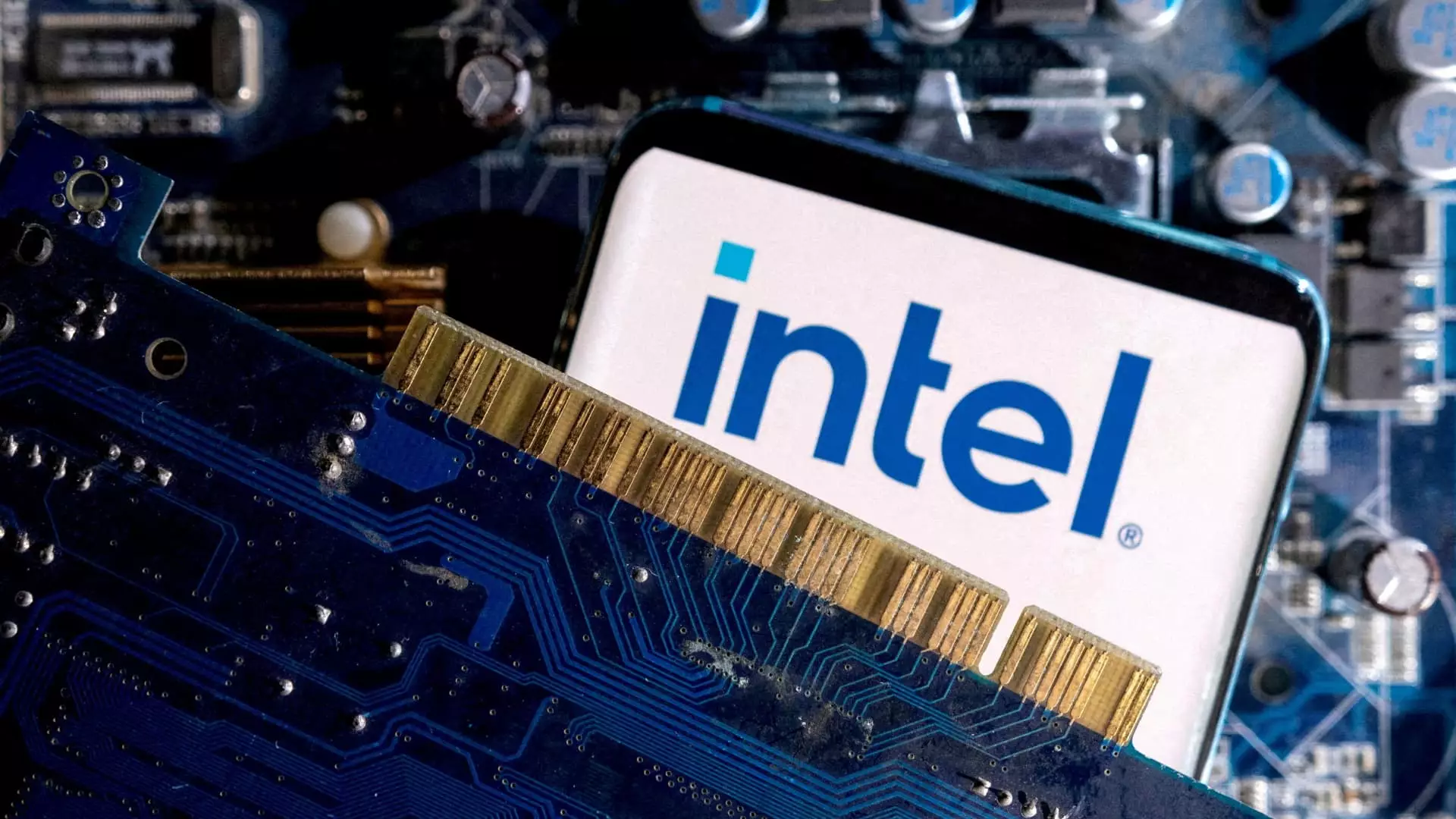On a pivotal Tuesday, Intel Corporation announced its decision to divest its venture capital arm, Intel Capital, transforming it into an independent entity. This move highlights a broader trend of reorganization within the chip giant as it grapples with its most challenging financial period since its inception in 1971. This article explores the implications of this shift and the various components of Intel’s recent strategic adjustments.
Intel Capital, which boasts $5 billion in assets, has primarily relied on funding from Intel itself. By spinning off to operate independently, the fund can now tap into external investments, potentially diversifying its capital base and empowering it to engage in more comprehensive investment strategies. The independence means that Intel Capital can pursue a broader range of opportunities without the direct influence of Intel’s operational decisions, allowing for greater flexibility in tackling the fast-paced world of venture investments.
This decision comes against a backdrop of turmoil for Intel. The company has faced significant market share declines in recent years, leading to stock performance that has fallen below expectations. Intel’s 2022 marked its steepest decline; steps taken late in the previous year—including a leadership change with the departure of CEO Pat Gelsinger—illustrate the urgency with which Intel management is addressing these challenges.
Intel’s corporate restructuring is not just limited to the venture capital sector. In the wake of its financial struggles, the company has initiated a series of cost-cutting measures, including trimming its workforce and divesting from smaller divisions that no longer align with its strategic vision. This effort to streamline operations reflects a broader industry trend where companies are re-evaluating their portfolios in light of new market conditions.
With rising manufacturing costs and the growing demand for advanced chips, Intel is concurrently investing heavily in state-of-the-art manufacturing facilities while attempting to bolster its flagging PC chip division. This balancing act of managing existing costs while investing in future technologies demonstrates the complexity of maintaining a competitive edge in a rapidly evolving industry.
The transition of Intel Capital into a separate entity is expected to occur in the latter half of 2025, allowing for sufficient time to establish new operational protocols. A notable aspect of the spin-off is the continuity of Intel Capital’s existing workforce, which underscores the importance of retaining institutional knowledge. Moreover, the possibility of a rebranding signifies a strategic opportunity to craft a new identity distinct from its parent company.
Intel Capital’s inception in 1991 marked it as a pioneer in corporate venture capital, a model that has since proliferated across the tech landscape. Companies like Google, Microsoft, and Salesforce have adopted similar structures, indicating a clear validation of this investment approach. Notably, the decision to create a standalone venture capital firm mirrors strategic moves by other technology corporations; SAP’s spin-off of SAP Ventures to become Sapphire Ventures serves as a relevant example.
The venture capital landscape is shifting noticeably, particularly after witnessing a peak in corporate venture funding in 2021. With record levels of investment during that time—$156 billion across nearly 3,800 deals—the market has since contracted as rising interest rates dampen enthusiasm for new ventures.
This broader market contraction poses challenges to Intel’s new venture capital firm; while opportunities for investment might present themselves as startups regroup and recalibrate, the scrutiny and demands of potential investors will undoubtedly heighten. The goal for Intel Capital will be to maintain its outstanding foresight in identifying and nurturing promising technology companies.
Intel’s decision to spin off Intel Capital is rife with implications for their business model and investor relations. As the company navigates through a tumultuous period, this restructuring not only seeks to streamline operations but also invigorate its approach to emerging technologies and markets. The success of Intel Capital as an independent entity will hinge on its ability to foster innovative partnerships and leverage external capital effectively, while Intel refines its core operations. The evolution is a testament to Intel’s adaptability during uncertain times in an ever-demanding tech landscape.


Leave a Reply